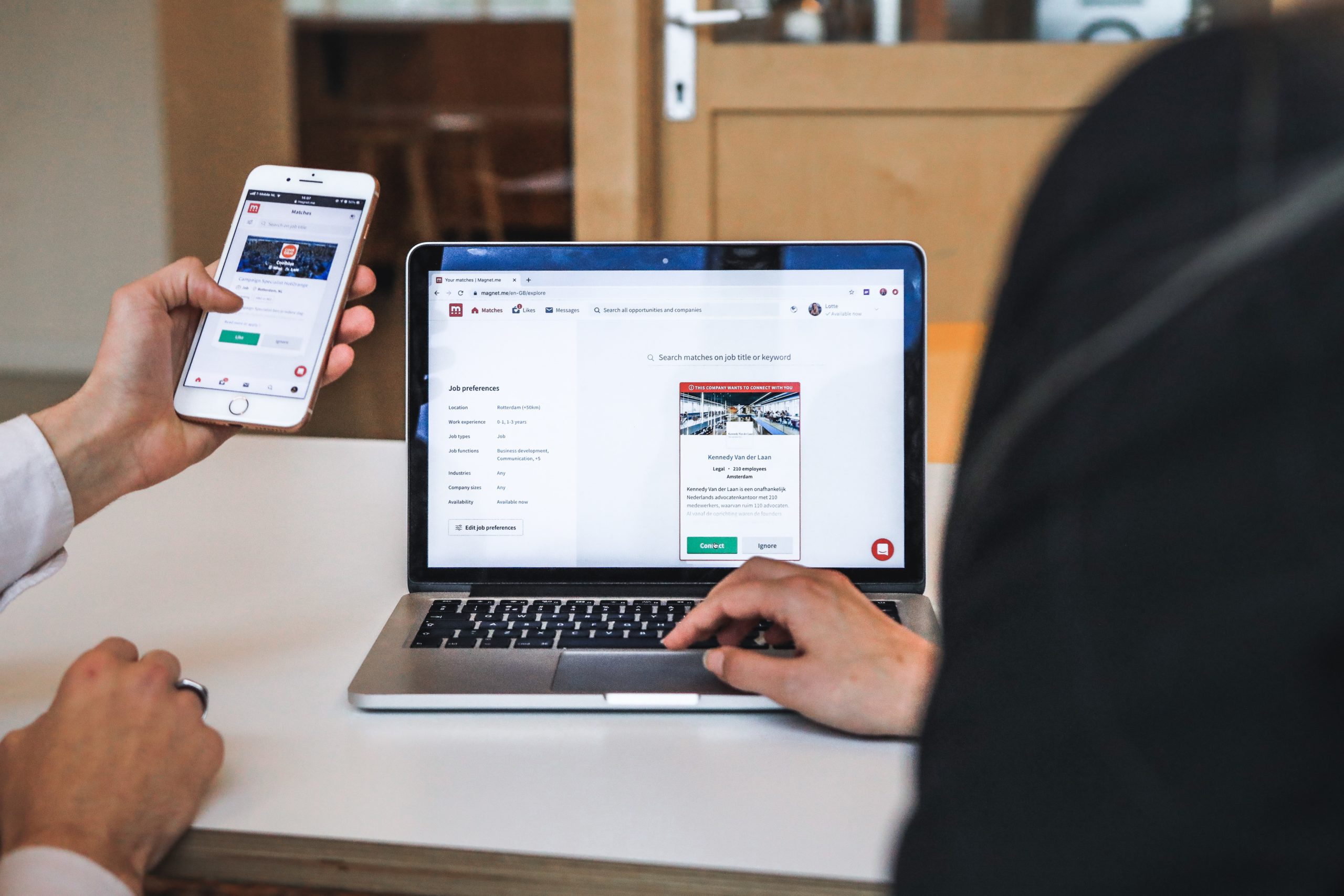5 Tips to Avoid Invalid Traffic For Ads Campaigns
All of these lead to the same result: you're wasting money on clicks that aren't converting. There are things you can do with your ads to reduce the chance of your ads being clicked.
Yes, we are a click-prevention solution, so spoiler alert: the easiest way to prevent clicks is to use ours.
But there are steps you can take to block (or minimize) these fake clicks manually. So, if you want to know how to prevent clicks on paid search or display ads, this is for you.
1. Set up targeting
Broad targeting leaves your ad campaign open to clicks. To minimize the chance of false clicks and invalid traffic to your ads, optimize your ad demographics and targeting, especially by geographic location.
Google and Bing let you get more detailed geolocation information, so if you're not in the know, be sure to check out their targeting tips so you can focus your ad spend.
You can exclude entire countries and locations where you don't want your ads to be clicked on or even go to specific cities or zip codes.
If you're not already using any kind of George ting, this is an important first step in reducing the number of clicks on your ads.
2. Track your traffic daily.
Click-through traffic can come in waves, and it doesn't have to be constant. If you notice a trend of spikes in traffic volume or a high number of low-converting clicks, see if you can spot a pattern.
Looking at Clickfraud customer data, it's difficult to predict when a traffic spike will occur, as web traffic, especially IVT, can be caused by a variety of factors.
We've seen click-through traffic increase during popular seasons like Black Friday or the Christmas hype, but there are often other invisible factors that cause click-throughs to increase.
It is best to look at it every day, ideally in the morning and afternoon. Keep a record of your traffic, and if you see any suspicious activity, try to determine what caused the spike or if there are any IP addresses or geographic locations that you can rule out.
3. Set up IP exclusion lists.
If you keep a close eye on click traffic, you can start to discover IP addresses that need to be blocked.
A message stating that an IP address needs to be blocked is usually:
- Clicking at unusual or irregular times
- Multiple clicks in short periods
- Unusually high traffic
However, manually blocking IP addresses can be tricky because it's hard to pinpoint exactly what the traffic is doing.
Sometimes a few clicks on your ad may come from a company researching your business before becoming a customer, others may be malicious clicks from a competitor.
In short, you must be careful not to prevent clicks from real customers.
Using an automated IP blacklist click-through solution such as Clickfraud eliminates the hassle (and guesswork) of manually managing your IP blacklist.
4. Check your display ad placements.
Did you know that you can check where your banner ads have shown? If you want to check the sites that host your ads you can follow Google instructions to see if a site is a quality or not.
Many sites are set up simply to host ads. Publishers then send poor-quality traffic to their sites, resulting in inflated ad revenue (a classic ad scam).
If you check the site and it seems to be mostly filled with low-quality content or plagiarism, as well as a lot of banner ads and pop-ups it's most likely a site designed specifically for ad scams.
Although Google and advertising platforms have suppressed them in recent years, there are still plenty of them. So, to prevent clicks when placing banner ads, be sure to check all sites that deliver traffic.
5. Don't run ads 24/7.
Running ads 24/7 means you're targeting this high-yielding insomniac niche, but it's also a click-through magnet.
Ads that appear outside of your time zone during waking hours are more likely to be detected by bots and click farms from other regions.
Timing as the method is called, is to stop and start your ads at the most appropriate time to target real users.
You'll need enough data to determine when your best conversion period is. But once you do that you can time your ads to not only target owls, bots and other nocturnal creatures.
Why use Clickfraud?
1. We are one of the industry's leading click-through prevention solutions with hundreds of campaigns protected worldwide.
2. This also means we have the largest and fastest-growing list of excluded IP addresses of known click-through sources.
3. Click Fraud is easy to set up and offers an intuitive and easy-to-use dashboard that gives you invaluable additional information about your advertising campaigns.
4. Click-through ads are an evolving practice, meaning clicks come from different sources at different times. But our software is constantly learning and solving these problems daily (so you don't have to).
5. Most of our clients notice significant improvements in their ad spend and ROI within days of getting started.
Of course, you should fully try these tips to manually prevent ads from being clicked on Google Ads or bing ads.


